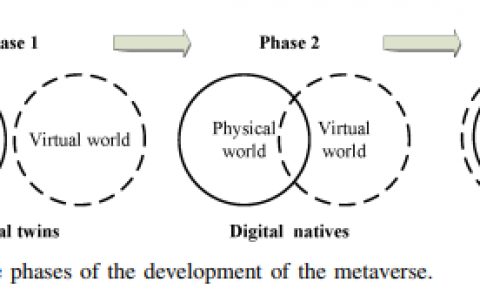Comparative Analysis of Kinect-Based and Oculus-Based Gaze Region Estimation Methods in a Driving Simulator
PubDate: Feb 2024
Teams: University of Valladolid
Writers: David González-Ortega, Francisco Javier Díaz-Perna, Mario Martínez-Zarzuela, Míriam Antón-Rodríguez
Abstract
Driver’s gaze information can be crucial in driving research because of its relation to driver attention. Particularly, the inclusion of gaze data in driving simulators broadens the scope of research studies as they can relate drivers’ gaze patterns to their features and performance. In this paper, we present two gaze region estimation modules integrated in a driving simulator. One uses the 3D Kinect device and another uses the virtual reality Oculus Rift device. The modules are able to detect the region, out of seven in which the driving scene was divided, where a driver is gazing at in every route processed frame. Four methods were implemented and compared for gaze estimation, which learn the relation between gaze displacement and head movement. Two are simpler and based on points that try to capture this relation and two are based on classifiers such as MLP and SVM. Experiments were carried out with 12 users that drove on the same scenario twice, each one with a different visualization display, first with a big screen and later with Oculus Rift. On the whole, Oculus Rift outperformed Kinect as the best hardware for gaze estimation. The Oculus-based gaze region estimation method with the highest performance achieved an accuracy of 97.94%. The information provided by the Oculus Rift module enriches the driving simulator data and makes it possible a multimodal driving performance analysis apart from the immersion and realism obtained with the virtual reality experience provided by Oculus.


